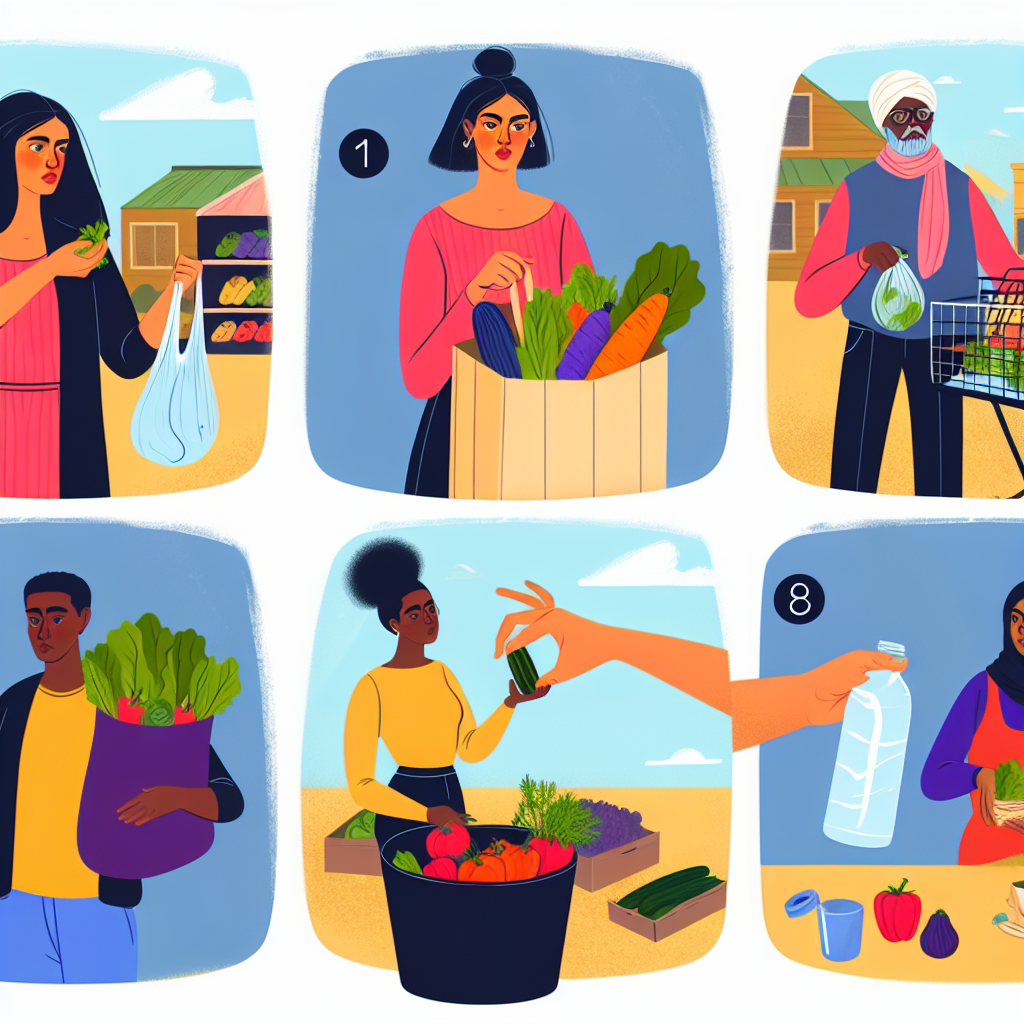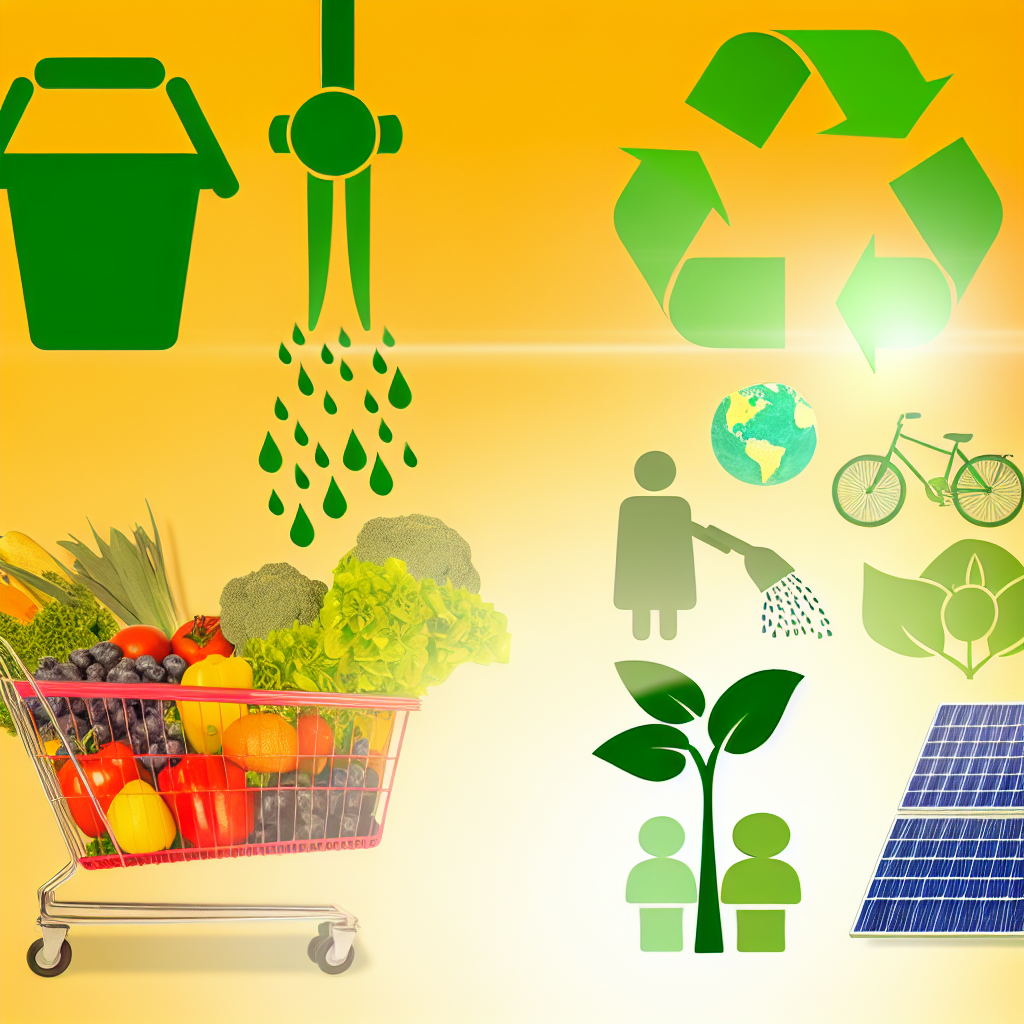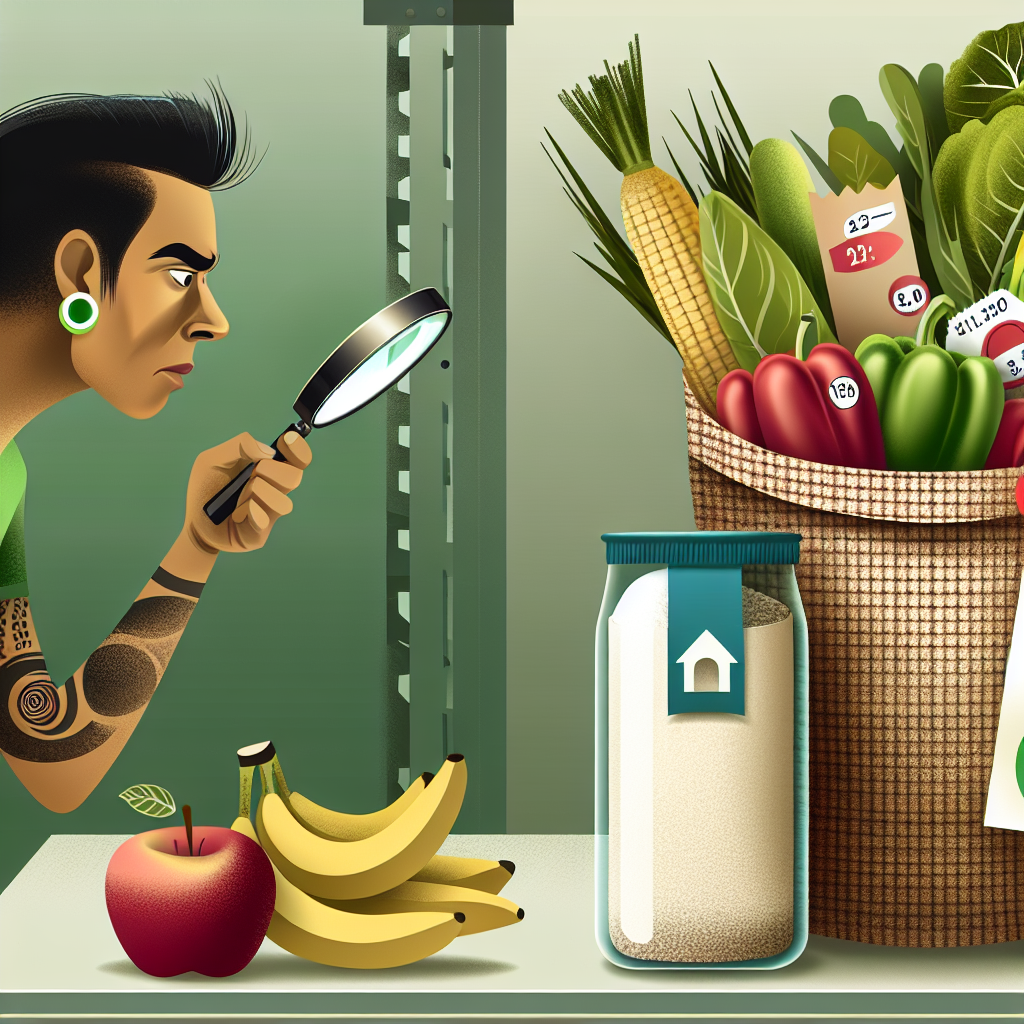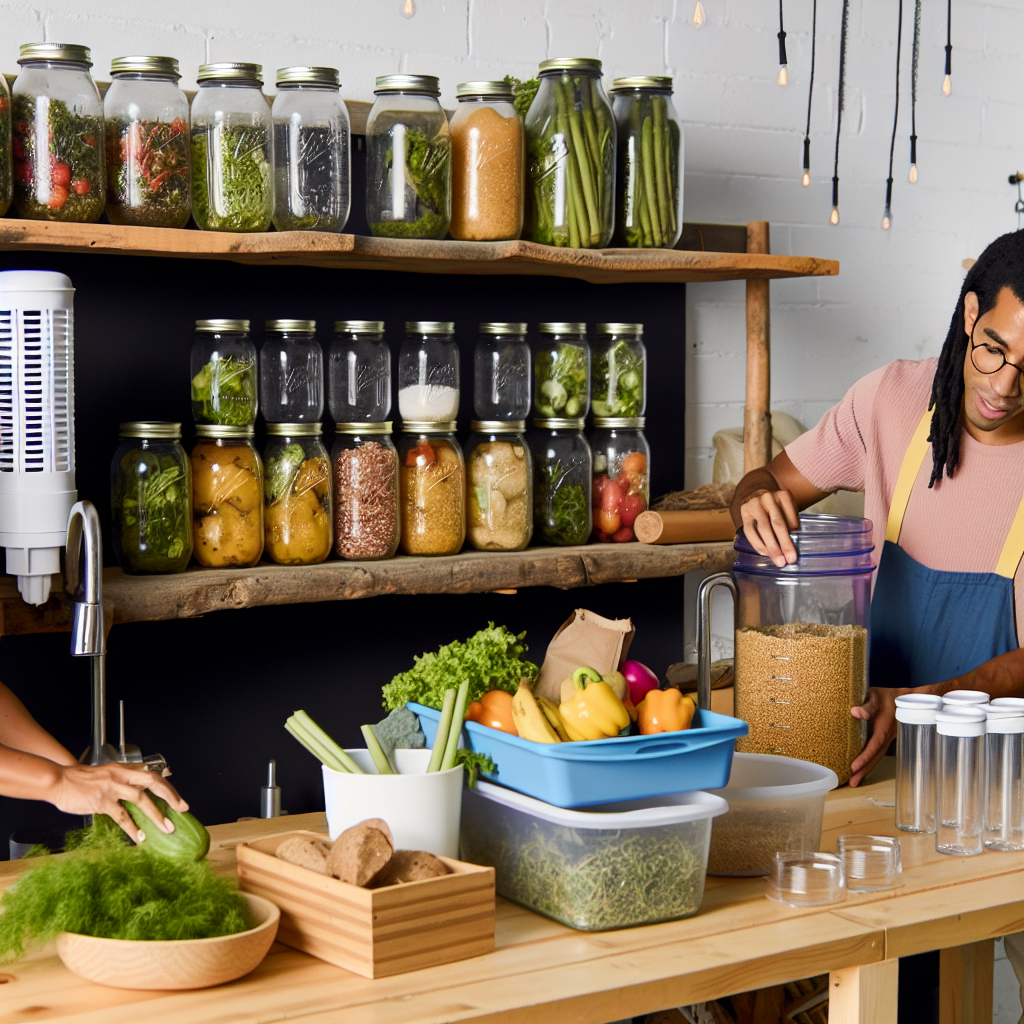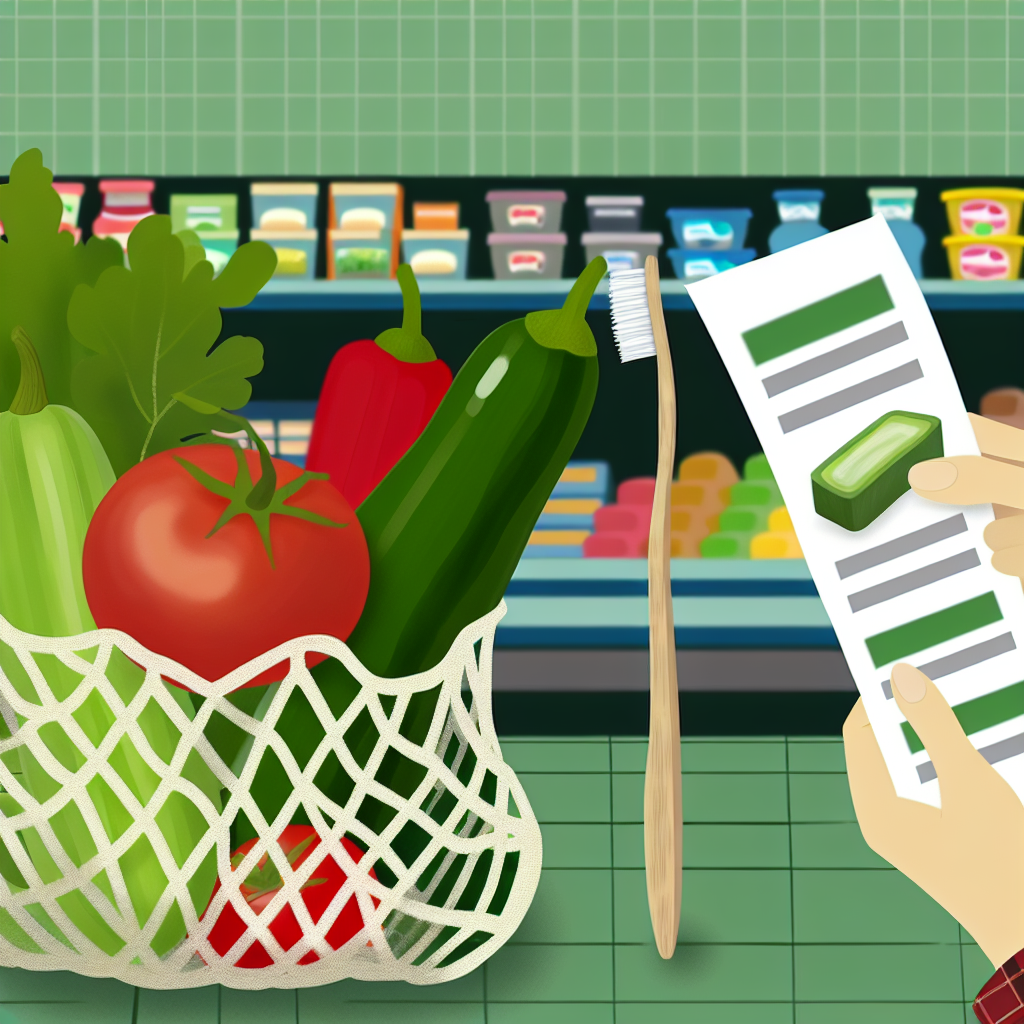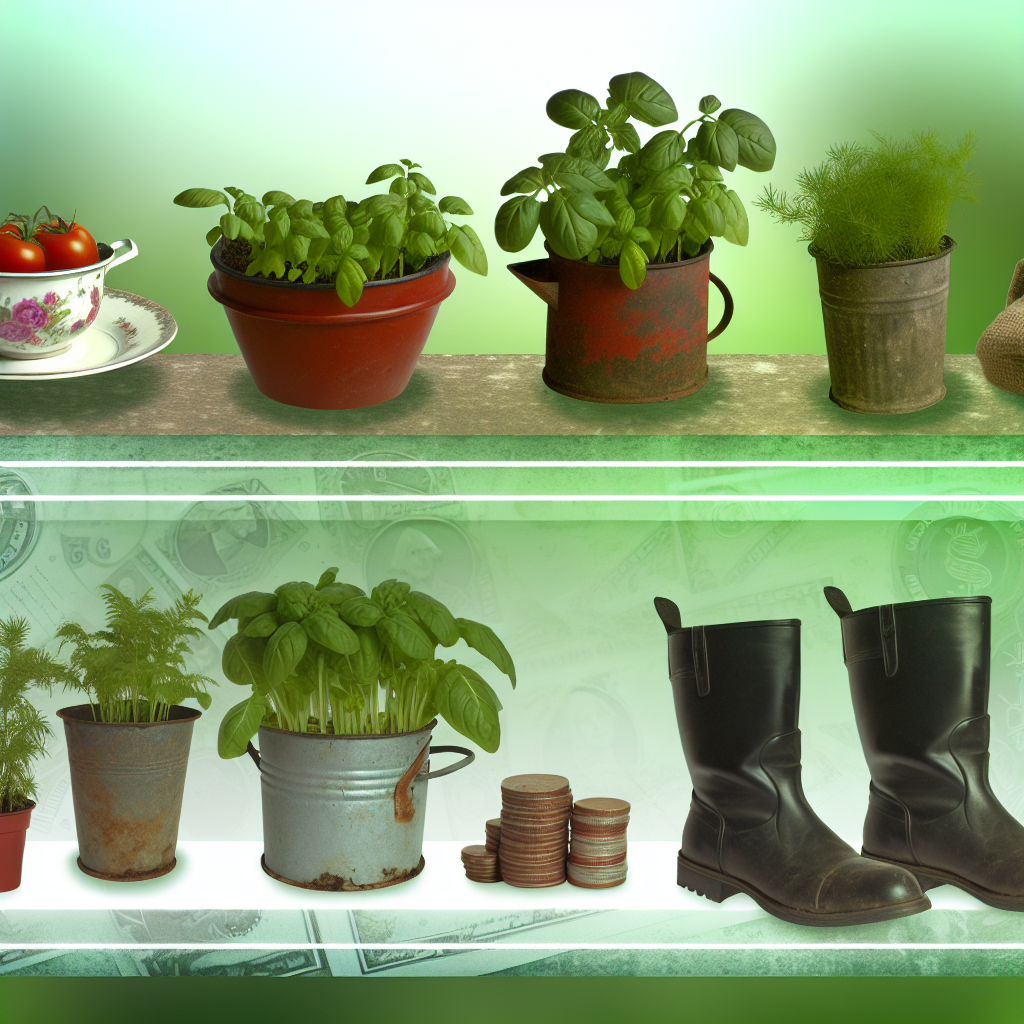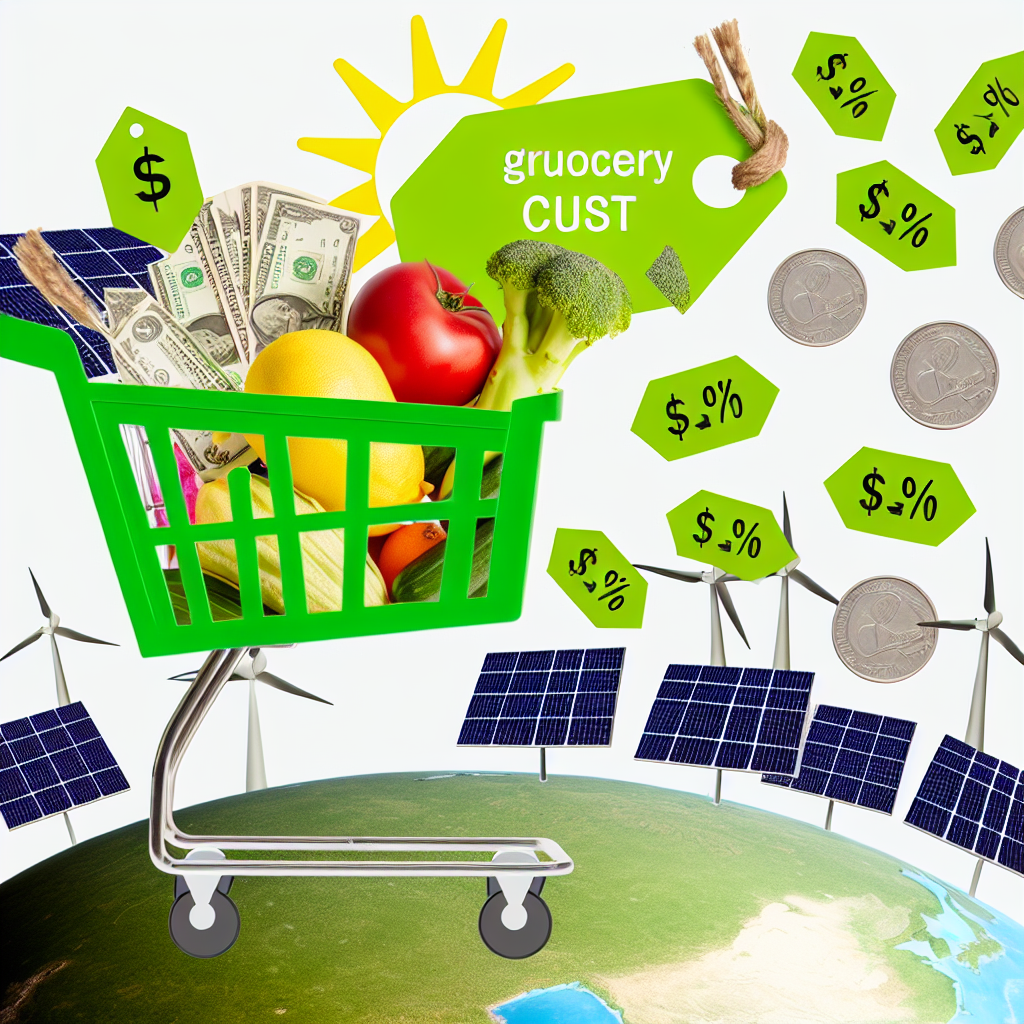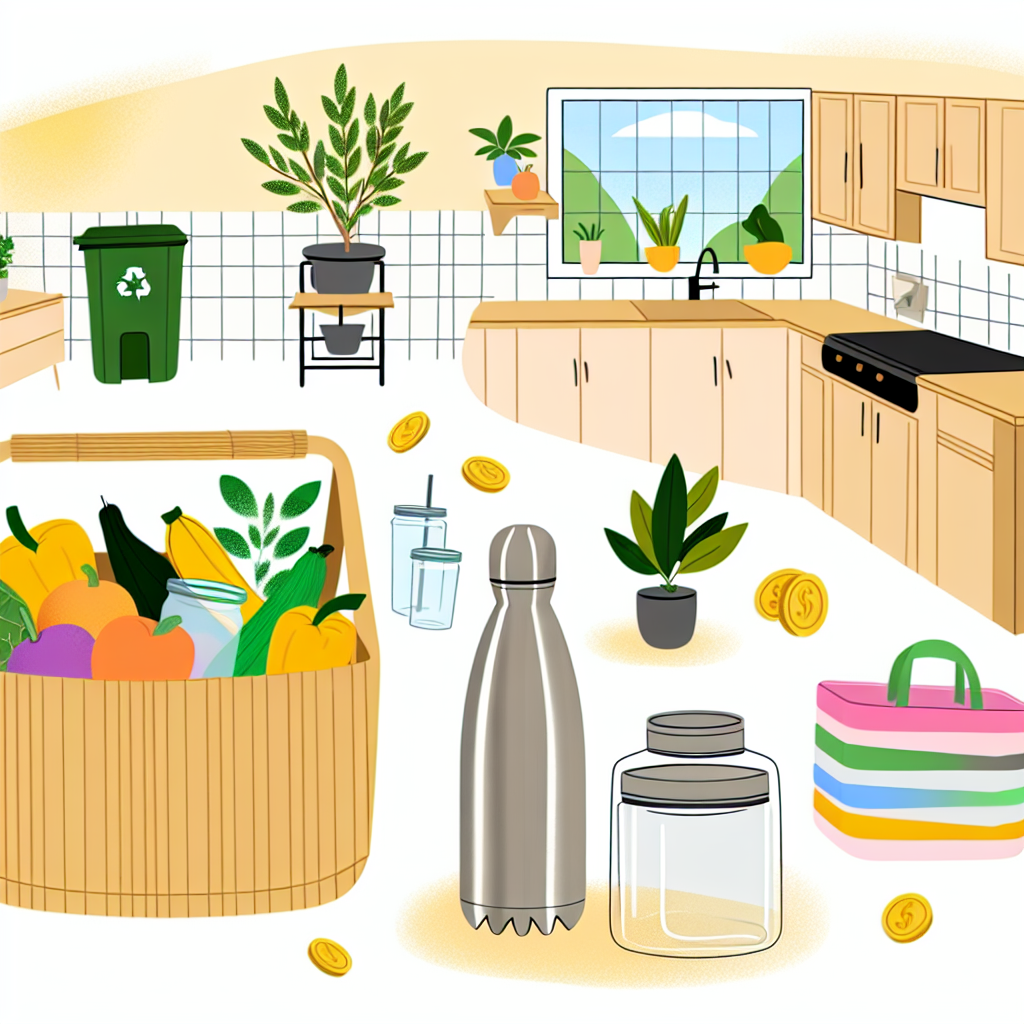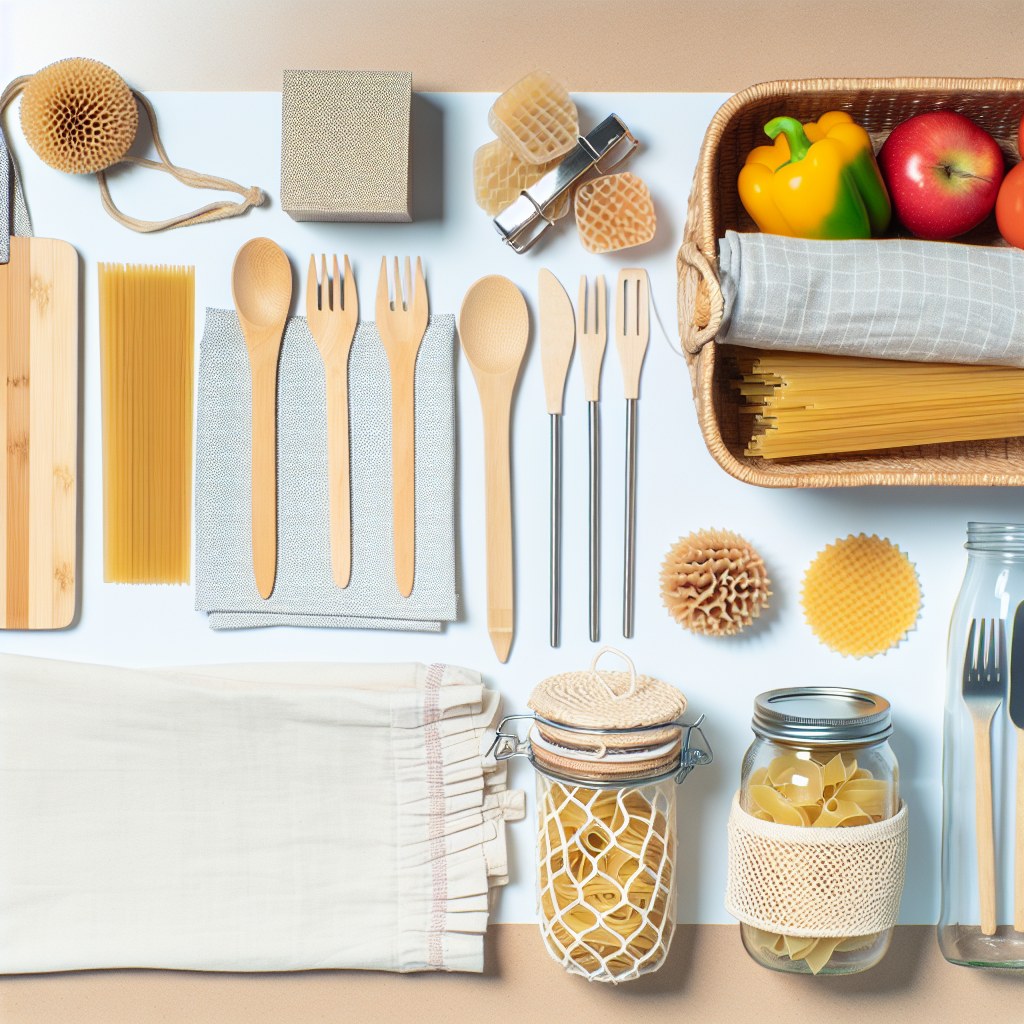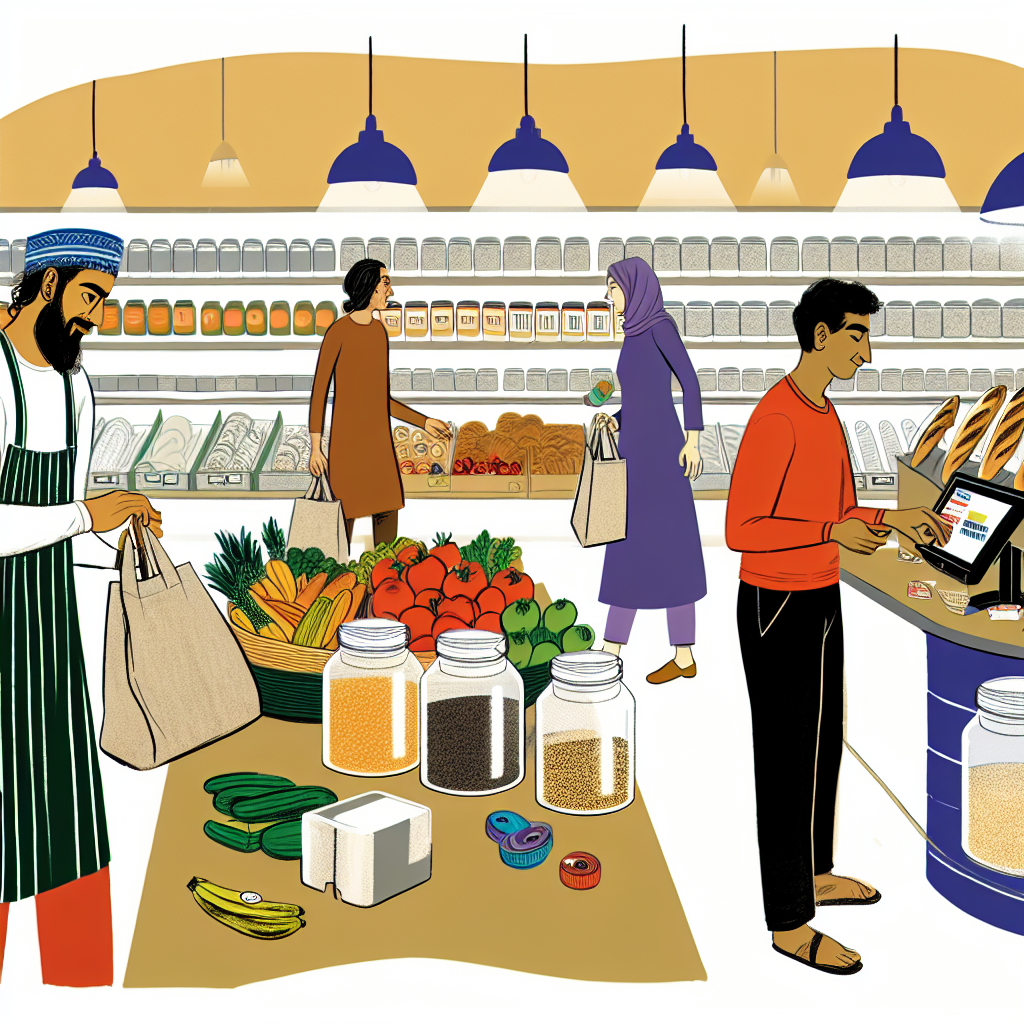10 Surprising Ways to Cut Your Grocery Bill While Being Green
Introduction
Welcome to the Frugal Zeitgeist! Here, we focus on saving money while also being kind to our planet. With prices going up everywhere, especially groceries, it’s important to find ways to save money that also help the Earth. But don’t worry, I’m here to share 10 surprising ways you can cut your grocery bill while making Mother Earth happy.
1. Plan Your Meals with Seasonal Foods
Did you know that eating foods that are in season is not only good for your health, but also for your wallet and the planet? Seasonal fruits and veggies are fresher and taste better. Plus, they’re often cheaper because they don’t have to travel far to reach you. Check out farmer’s markets or CSA programs to find these foods. You’ll save money, support local farmers, and help reduce pollution from shipping. That’s a win-win-win!
2. Try Eating More Plants
Meat can be expensive. Even though we love a tasty steak, our wallets and the environment might want us to eat less of it. Plant-based meals can be really affordable and healthy. Think about enjoying a warm lentil soup, a chickpea curry, or a colorful veggie stir-fry without spending a lot. Going meatless once or twice a week could turn you into a plant-eating fan in no time.
3. Buy in Bulk to Save and Reduce Waste
Buying in bulk isn’t just for people who hoard cereal! It’s a great way to save on things like rice, beans, pasta, and nuts, while also cutting down on packaging waste. Find a store with a bulk section and bring your containers. You’ll save money and help keep the ocean free of too much trash. The ocean will be grateful!
4. Grow Your Own Herbs and Vegetables
Think you need to be a gardening expert? Think again! Growing your own herbs and veggies is easier than you might think and can save you money. Start with herbs like basil and mint or simple veggies like tomatoes and peppers. Even if you live in a small space, you can try container gardening. It’s fun to pick fresh ingredients from your own little garden, and it’s impressive to tell your friends about it.
5. Use Apps and Websites for Discounts
These days, there’s an app for everything—even saving money on organic and eco-friendly products. Apps like Ibotta, Flipp, and Rakuten can help you find discounts. Other sites like Buycott let you shop with your values in mind. Using technology to track spending and sustainability can be cool and useful!
6. Practice Zero-Waste Shopping
Zero-waste shopping is like making the perfect playlist—careful planning is key, and it feels great when you get it right. Make a list and take reusable bags, jars, and containers to the store. Try using products like beeswax wraps instead of plastic wrap, and buy reusable produce bags. You’ll save money and help the environment by cutting down on single-use plastics.
7. Organize Your Pantry and Fridge
Being organized isn’t just for people who love cleaning. By keeping your pantry and fridge neat, you’ll waste less food and avoid buying things you already have. Make a list of what you have and create meals from leftovers or foods that are about to go bad. You can pretend you’re a chef and turn those random ingredients into a yummy (or at least interesting) dish!
8. Shop at Local Farmers’ Markets
Helping local businesses, supporting your community, and getting fresh, cheap produce? That’s a triple win! Local farmers’ markets have seasonal produce that’s often cheaper and fresher than what you find at the store. Plus, chatting with friendly vendors can be fun and you might even get a deal with your charming smile (or silly jokes).
9. Make Your Own Cleaning and Personal Care Products
Forget about buying pricey cleaning products when you can make your own with things you already have. Vinegar, baking soda, and lemon juice can clean lots of messes. Look online for recipes to make household cleaners. Doing it yourself reduces chemical use and packaging waste. Your home will smell great, your budget will thank you, and the Earth will be happier!
10. Keep Learning and Share Ideas
Knowing how to live sustainably on a budget is like having a superpower. Join communities focused on sustainability and keep learning; be the go-to person for saving money and the environment in your friend group. Encourage others to join your green adventure and share successes because the Earth needs more heroes like you.
Conclusion
By using these money-saving and eco-friendly ideas in your daily life, you’ll help make our planet healthier while keeping your finances in check. From zero-waste habits to making your own cleaners, small changes can make a big difference for you and Mother Earth.
Call to Action
Join us at Frugal Zeitgeist and share your ways to save money while going green! Let’s build a community where everyone wins—your wallet, our planet, and even that stubborn basil plant you’re trying to grow. Check out our website for more resources and new ideas. Together, we can master the art of being frugal and eco-friendly. Happy saving, green heroes!
